12 Simple Steps To Keep Your Dog’s Teeth Clean And Healthy
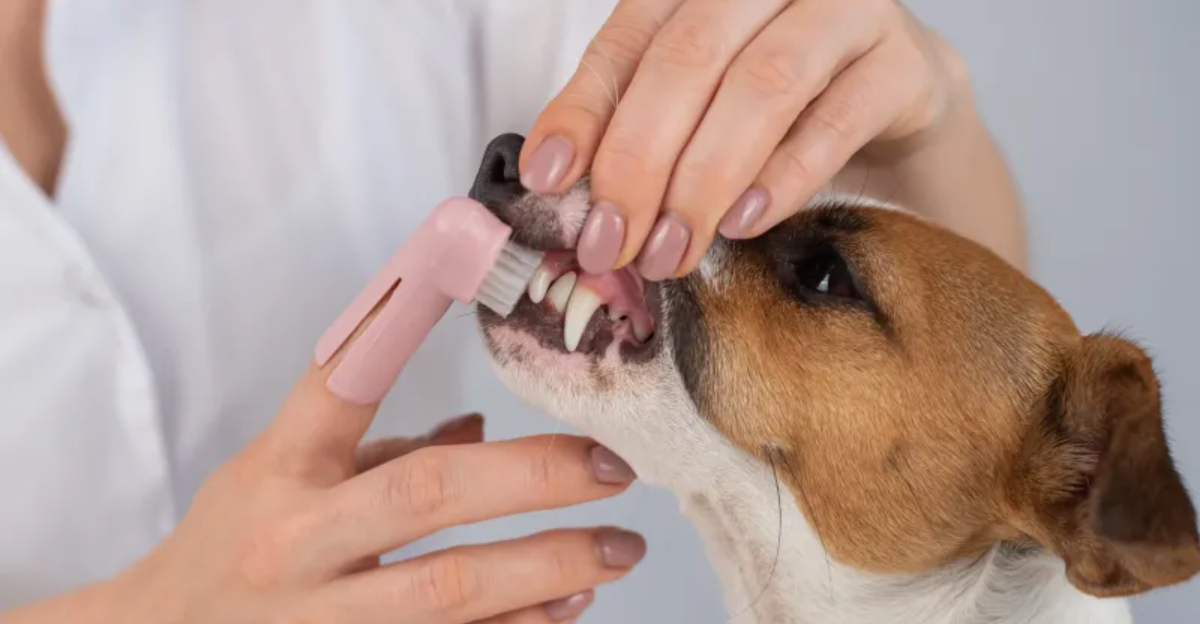
Your dog’s smile matters more than you might think! Poor dental health doesn’t just cause bad breath – it can lead to serious health problems affecting your pup’s heart, kidneys, and overall quality of life.
Many pet parents overlook dental care until problems arise, but prevention is much easier (and cheaper) than treatment.
These simple steps will help keep your furry friend’s teeth sparkling clean and their tail wagging for years to come.
1. Brush Those Canine Chompers Regularly
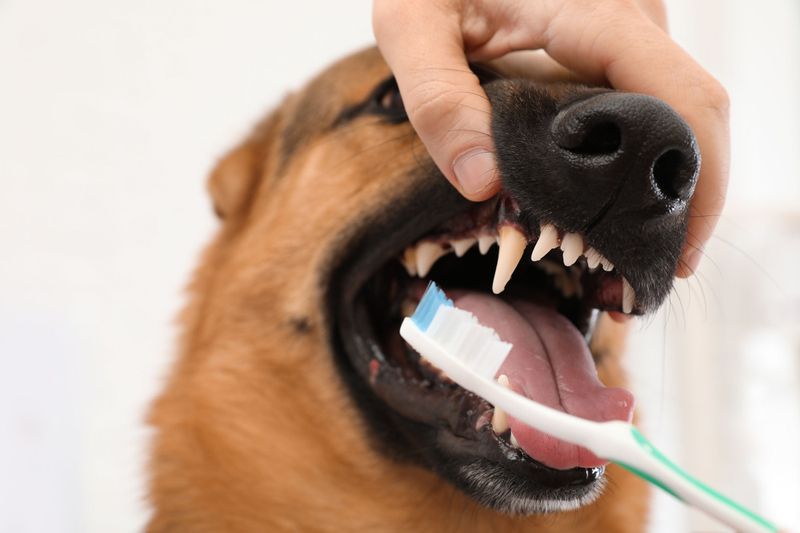
Grabbing a toothbrush might trigger your dog’s escape artist instincts at first. Start slowly by letting your pup taste dog-specific toothpaste (never use human toothpaste – it contains harmful ingredients like xylitol).
Once they enjoy the flavor, introduce the brush gradually. Aim for daily brushing, but even 2-3 times weekly makes a huge difference. Focus on the outer surfaces where plaque builds up most.
For reluctant dogs, try finger brushes or gauze wrapped around your finger. The earlier in life you start this habit, the easier it becomes – though old dogs can absolutely learn this new trick!
2. Offer Dental Chews That Actually Work

Not all dental treats are created equal! Look for products with the Veterinary Oral Health Council (VOHC) seal of approval – these have been scientifically proven to reduce plaque and tartar.
The chewing action helps scrape away buildup while special ingredients fight bacteria. Size matters too – choose chews appropriate for your dog’s weight and chewing style.
Provide these treats several times weekly, but remember they’re supplements to brushing, not replacements. Watch your pup while enjoying these treats to prevent choking hazards, especially if they tend to gulp rather than chew thoroughly.
3. Add Dental Additives To Their Water Bowl
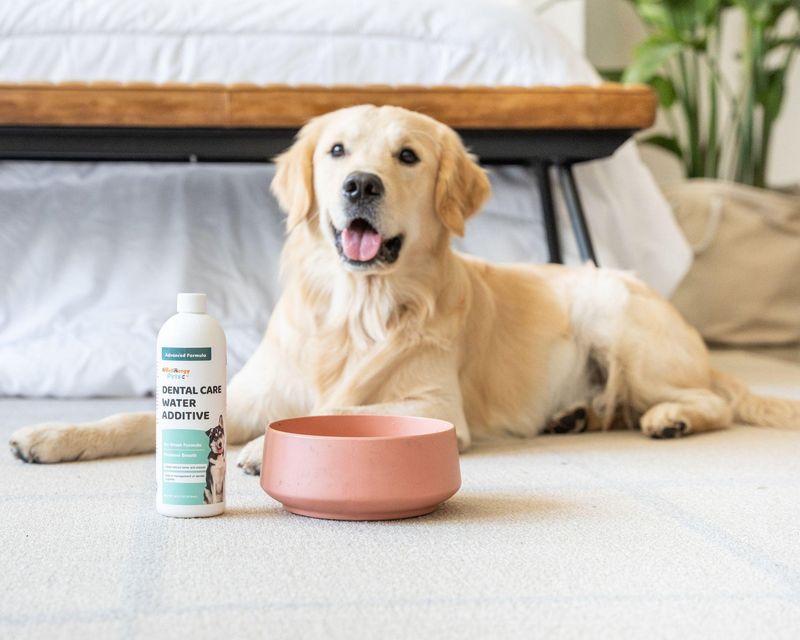
Water additives offer a sneaky way to fight plaque when your dog drinks. These liquid solutions contain enzymes that break down bacteria and freshen breath without changing the water’s taste.
Simply add the recommended amount to your dog’s water bowl daily. Many dogs won’t even notice the difference! These products work continuously throughout the day, reaching places brushing might miss.
While not as effective as brushing alone, water additives provide an excellent supplementary approach, especially for dogs resistant to other dental care methods. Look for products specifically formulated for pets with natural ingredients and avoid artificial colors or sweeteners.
4. Serve Up Some Teeth-Cleaning Toys
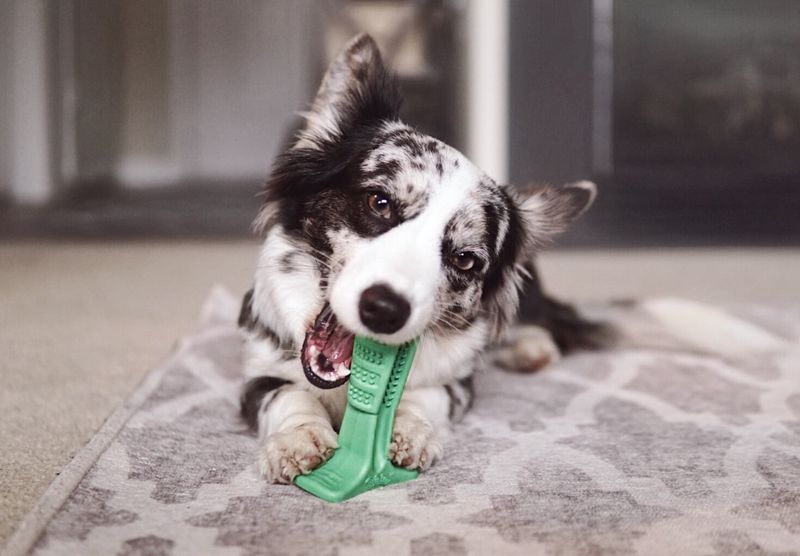
Playtime can double as dental care with the right toys! Rubber toys with ridges, nubs, or bristles help scrape away plaque while your dog enjoys chewing. Some even have spaces for toothpaste or treats for extra motivation.
Rope toys act like dental floss, cleaning between teeth as your pup tugs and chews. Replace these toys regularly when they become frayed to prevent string ingestion.
Frozen toys provide both cooling relief for teething puppies and massaging action for gums. The varied textures engage different parts of the mouth, reaching spots you might miss during brushing sessions while satisfying your dog’s natural urge to chew.
5. Feed Dental-Friendly Kibble Formulas
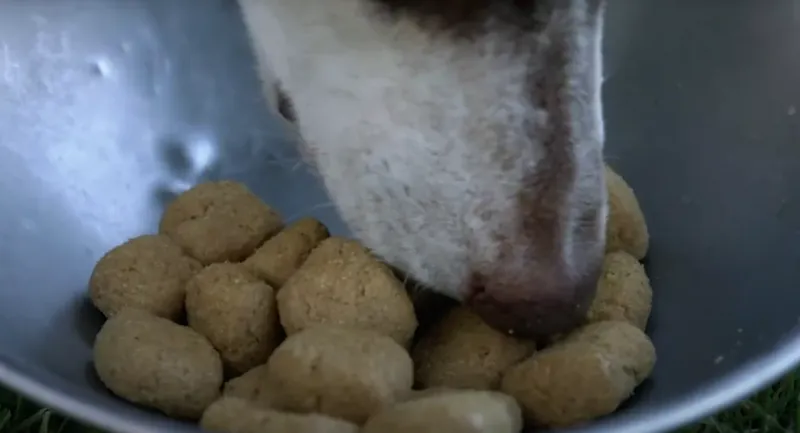
Special dental kibble features unique shapes, sizes, and textures designed to scrub teeth as your dog crunches. These formulas often contain tartar-fighting ingredients that work on contact with your dog’s teeth.
The larger kibble pieces encourage chewing rather than gulping, maximizing contact time with teeth surfaces. Many veterinary-approved dental diets also include nutrients that support overall oral health.
Consider mixing dental kibble with your dog’s regular food or using it as treats throughout the day. While more expensive than regular food, these specialized formulas can significantly reduce dental problems long-term – potentially saving hundreds in veterinary bills!
6. Raw Bones (With Important Safety Rules)
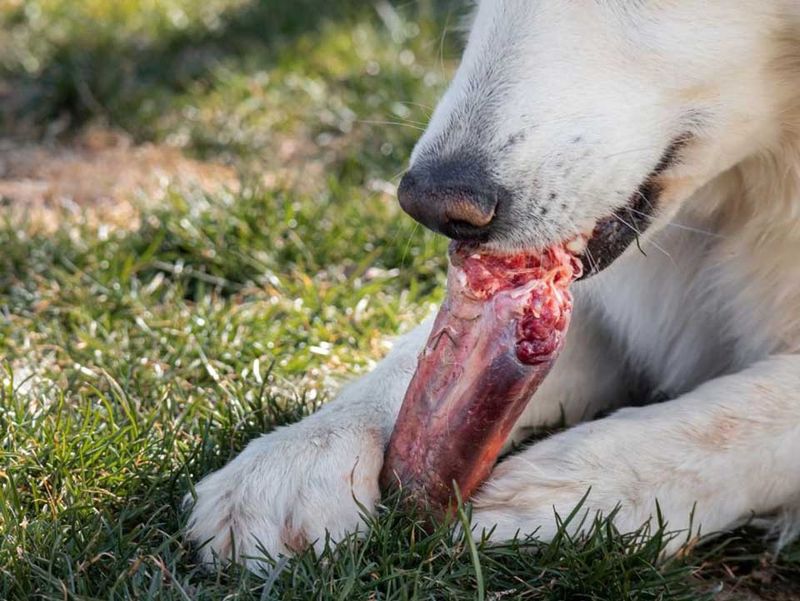
Gnawing on raw bones taps into your dog’s ancestral instincts while naturally scraping away plaque. The mechanical action combined with bone enzymes helps break down tartar.
Safety first! Always choose raw, uncooked bones – cooked bones splinter easily and can cause serious injuries. Select appropriate sizes: larger than your dog’s muzzle to prevent swallowing and avoid weight-bearing bones from large animals which might crack teeth.
Supervise chewing sessions completely and limit them to 15-20 minutes before refrigerating the bone. Discard bones after 3-4 days. This approach isn’t right for every dog, especially aggressive chewers or those with existing dental issues – consult your vet first.
7. Schedule Professional Dental Cleanings
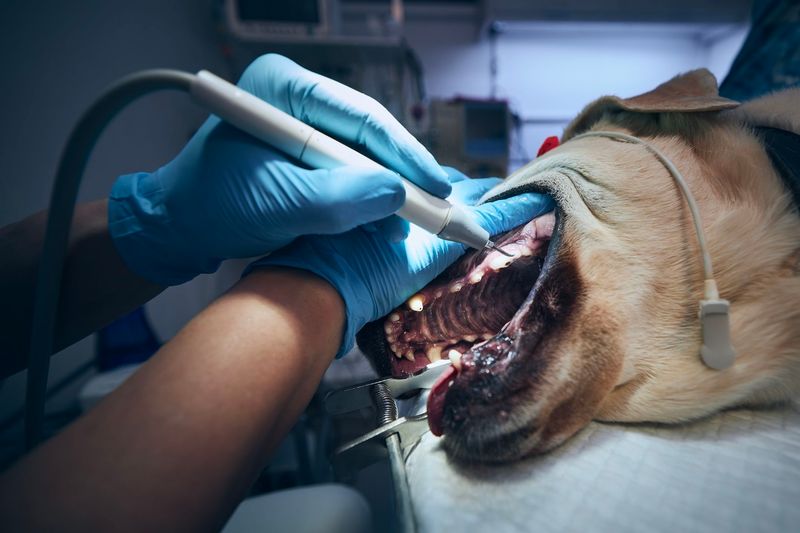
Even with perfect home care, professional cleanings remain essential for complete oral health. Veterinarians can remove hardened tartar below the gumline that home care can’t reach.
These cleanings typically require anesthesia to thoroughly examine, clean, and treat all surfaces safely. Your vet will take X-rays to check for hidden problems beneath the gumline and extract damaged teeth if necessary.
Most dogs benefit from professional cleanings every 1-2 years, though small breeds often need more frequent care. While the cost might seem high initially, preventing serious dental disease saves money and spares your dog from pain and health complications down the road.
8. Perform Regular Mouth Checks At Home
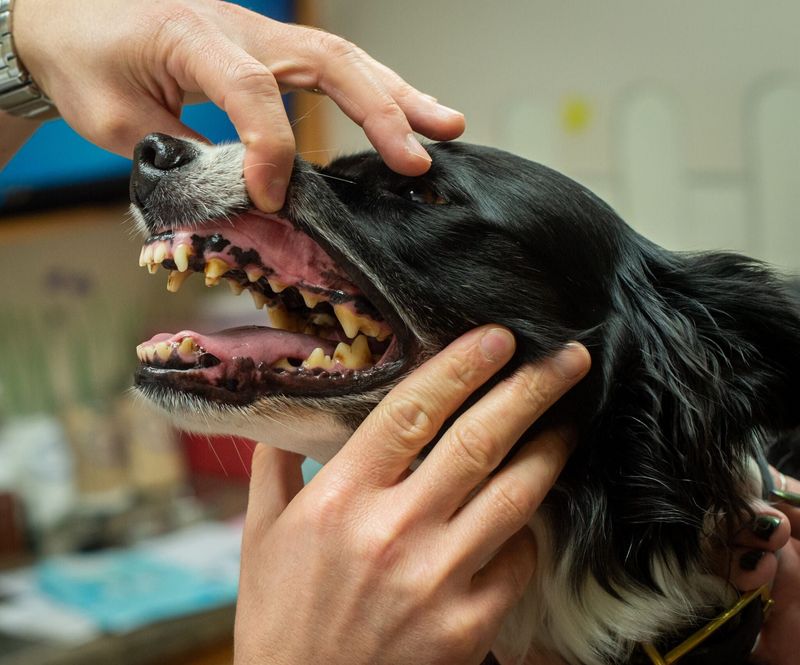
Monthly mouth inspections help catch problems early before they become painful or expensive. Gently lift your dog’s lips while in a relaxed state – perhaps during cuddle time on the couch.
Look for warning signs: yellow or brown buildup on teeth, red or bleeding gums, broken teeth, unusual lumps, or persistent bad breath. Healthy gums should be pink (not white, red, or bleeding), and teeth should be relatively clean without heavy discoloration.
Make these checks positive experiences with treats and praise. Take photos to track changes over time – this documentation helps your veterinarian monitor progression. Early detection of issues like fractured teeth or oral tumors can literally save your dog’s life.
9. Fresh Fruits And Veggies As Natural Toothbrushes
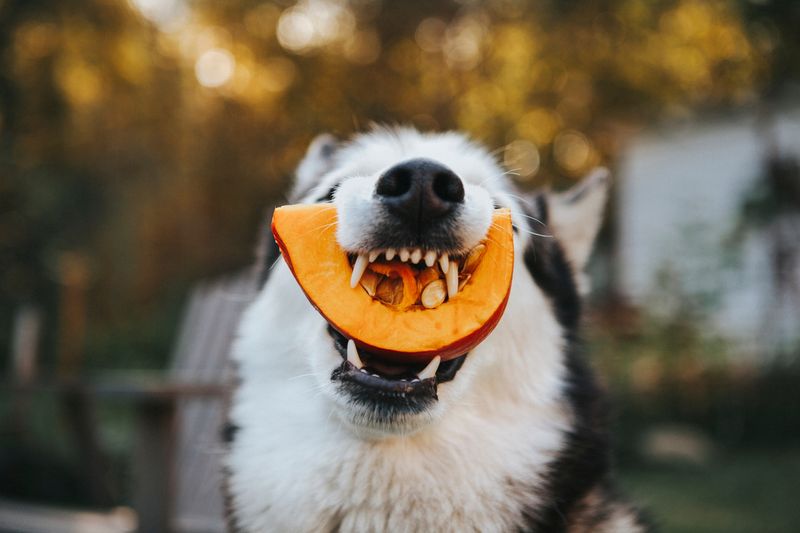
Crunchy produce provides natural abrasive action while offering nutritional benefits. Carrots, apple slices (no seeds), and cucumber chunks act as edible toothbrushes that gently scrape teeth surfaces as your dog chews.
Frozen fruits and vegetables add extra cleaning power and soothing effects for sore gums. Always introduce new foods gradually and in small amounts to avoid digestive upset.
Remember that treats should make up no more than 10% of your dog’s daily caloric intake. Cut produce into appropriate sizes to prevent choking and avoid toxic foods like grapes, raisins, and onions. This approach works particularly well for dogs who resist traditional dental care methods.
10. Try Dental Wipes For Fussy Pups
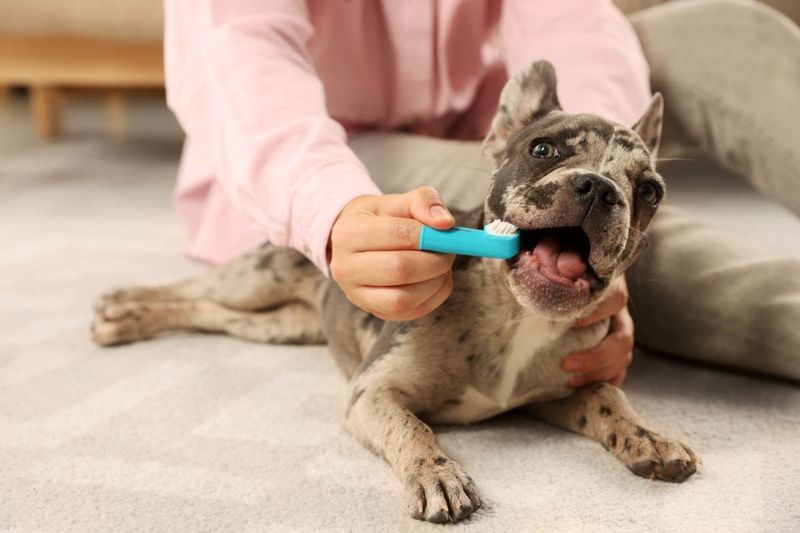
Some dogs reject toothbrushes entirely but might tolerate dental wipes. These specially formulated cloths contain enzymes that break down plaque while you gently rub them along your dog’s teeth and gumline.
The familiar sensation of being wiped feels less invasive than brushing for many dogs. For maximum effectiveness, use firm pressure and reach all the way to the back molars where tartar accumulates most.
Keep sessions short and positive with plenty of praise. While not as thorough as brushing, wipes significantly reduce bacteria when used consistently. They’re also perfect for travel when maintaining regular brushing routines proves challenging or for senior dogs with sensitive mouths.
11. Consider Probiotics For Oral Health
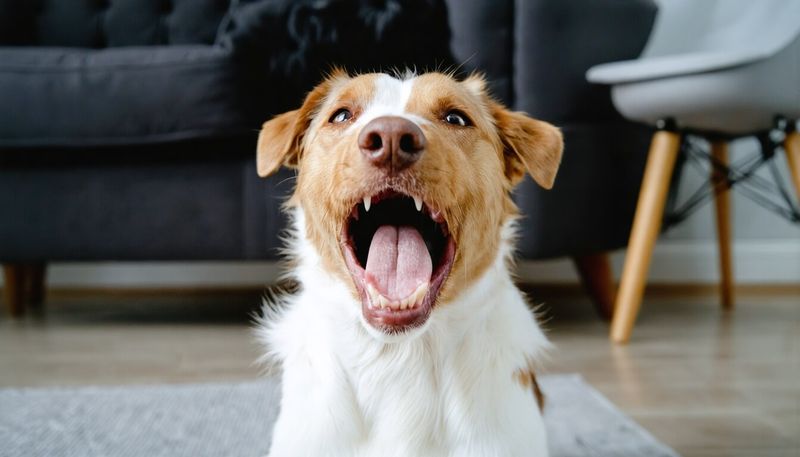
Emerging research shows oral probiotics may help fight harmful bacteria that cause dental disease. These beneficial microorganisms create an environment where bad bacteria struggle to thrive.
Look for products specifically formulated for canine oral health, available as powders, chews, or water additives. Many work by targeting the bacteria responsible for plaque formation and bad breath at their source.
Results take time – consistent use for several weeks shows the best outcomes. While still a relatively new approach, many veterinarians now recommend probiotics as part of comprehensive dental care plans, especially for dogs prone to dental issues or those recovering from dental procedures.
12. Address Bad Breath Promptly
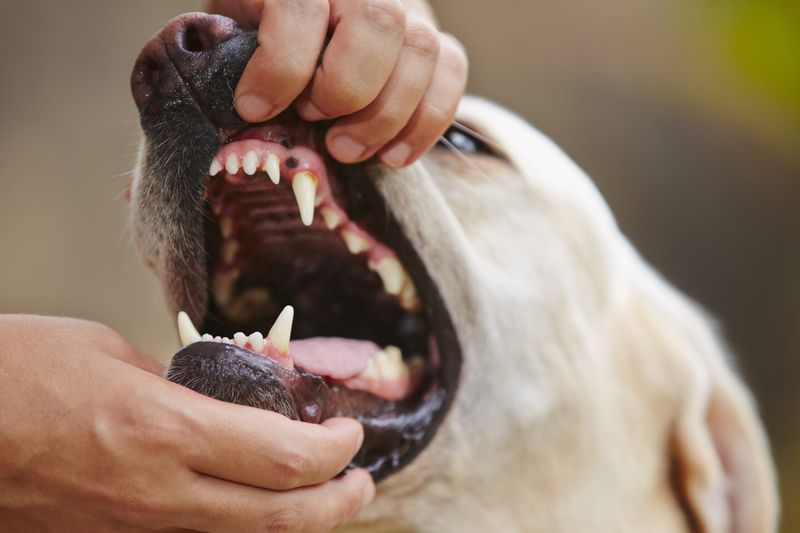
Persistent doggy breath isn’t normal – it’s actually a warning sign! Occasional mild odor happens, but strong, consistent bad breath signals dental disease, infection, or potentially serious internal problems.
Temporary fixes like breath fresheners mask symptoms without addressing causes. Instead, examine your dog’s mouth for visible issues and schedule a veterinary visit if the smell persists despite dental care efforts.
Beyond dental disease, certain health conditions like diabetes, kidney disease, and liver problems can cause distinctive breath odors. Catching these early through dental awareness could save your dog’s life. Remember that normal dog breath shouldn’t knock you over – it should be relatively neutral!






